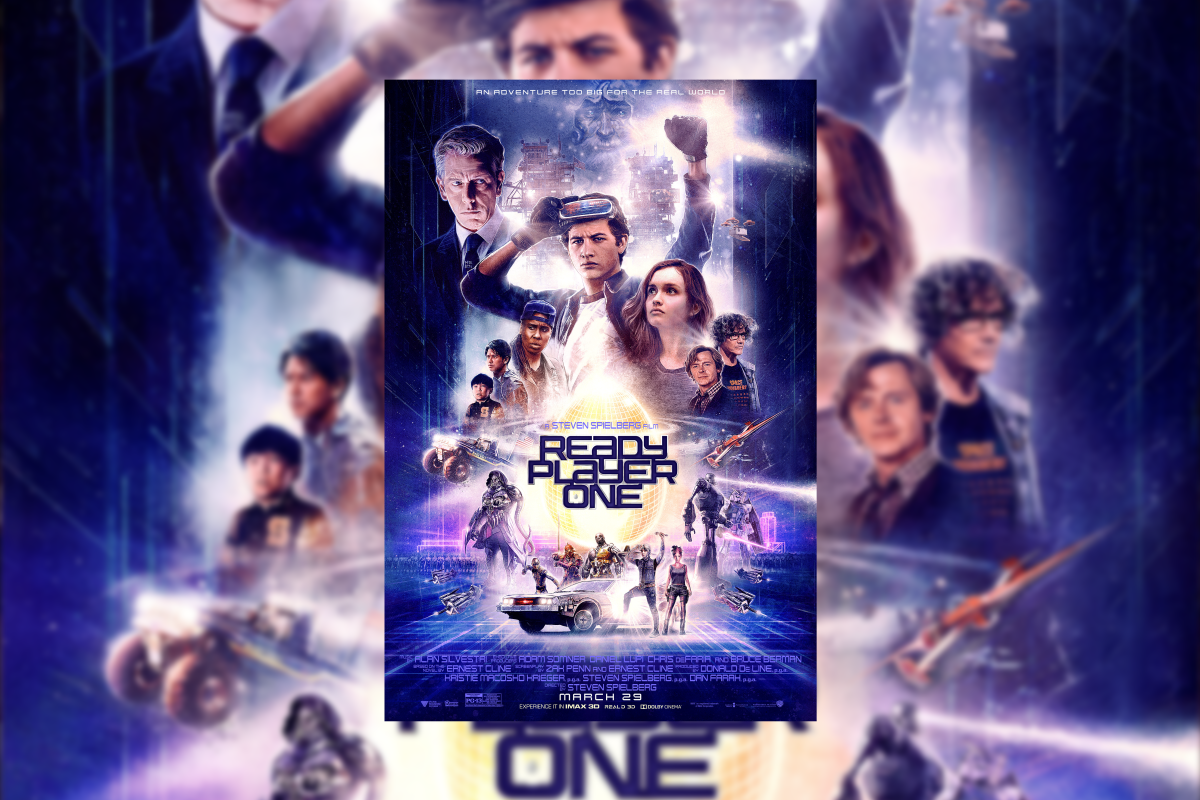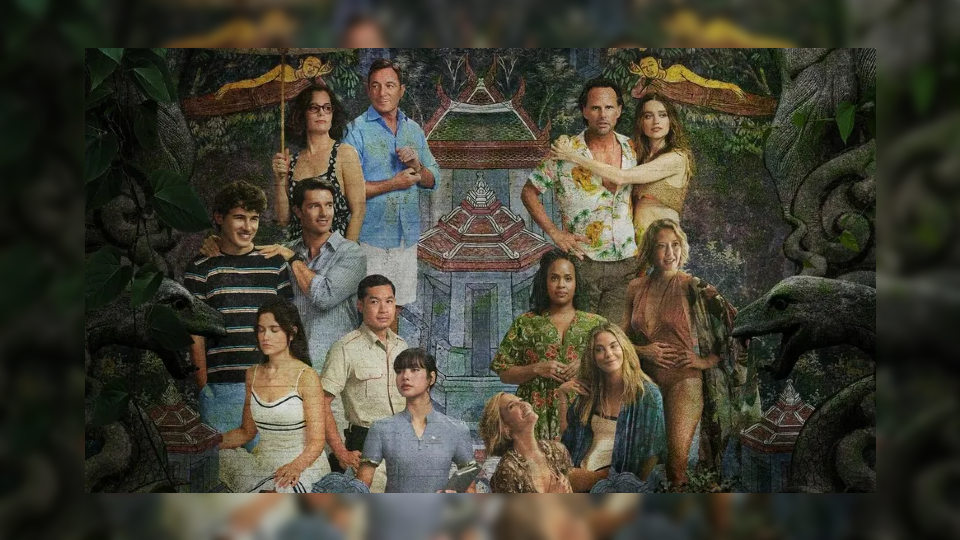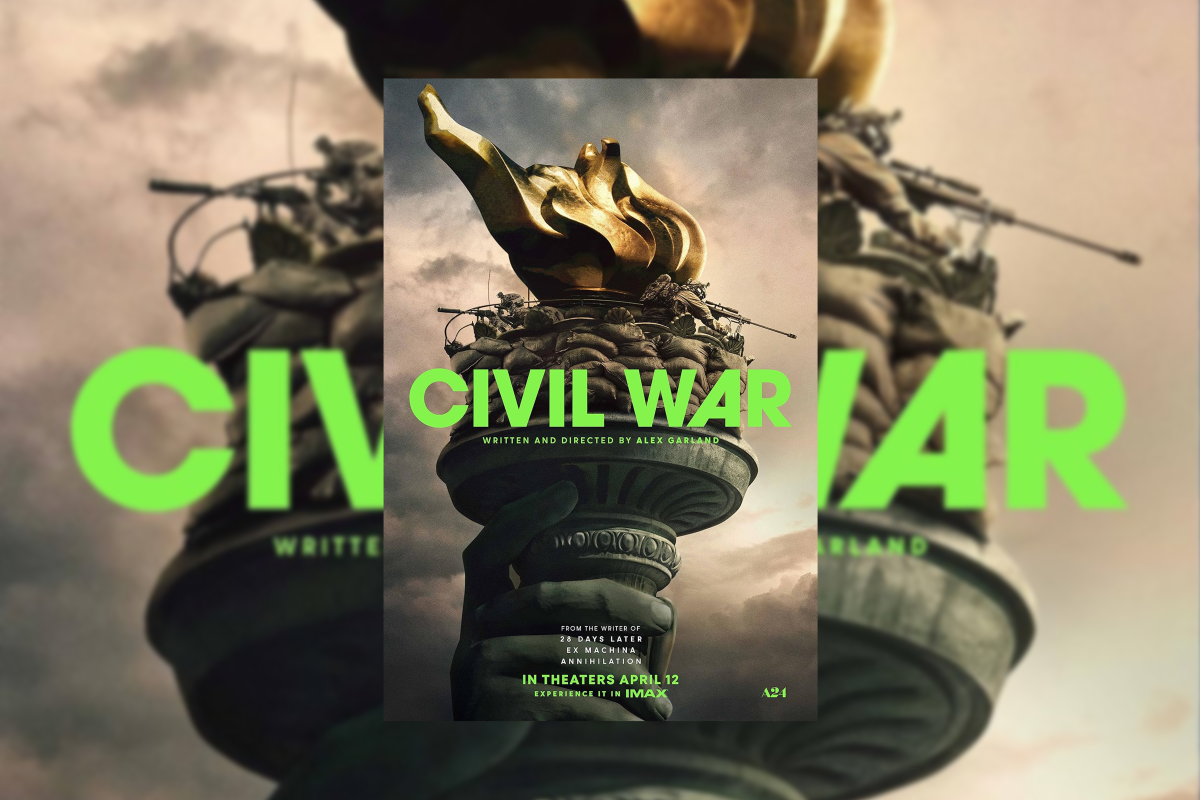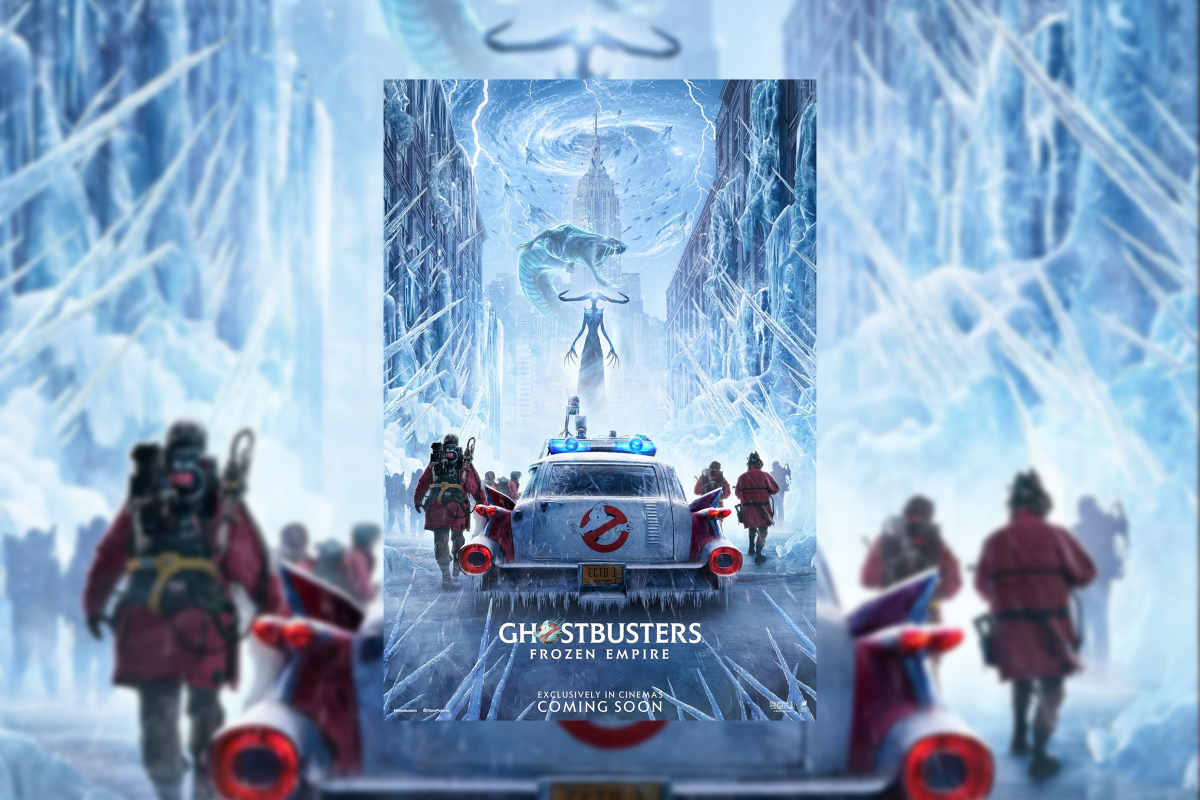In Columbus, Ohio, in 2045, the orphan Wade Watts (played by Tye Sheridan) lives in “The Stacks,” a community resembling towers of mobile homes. Following events referred to as “The Bandwidth Riots,” much of the United States appears to be in a state of poverty and disarray. In this impoverished town, the only escape from sad reality is the OASIS, an online virtual reality video game.
In the OASIS, players all start at the same level and can become whoever and whatever they want. They have absolute freedom.
Following the death of the OASIS’s creator James Halliday, it’s revealed that he hid an “Easter Egg” in the game. Whoever finds it inherits Halliday’s company and the OASIS itself. A competitor company IOI (Innovative Online Industries) wants to seize this opportunity to take over Halliday’s work and monetize the OASIS.
We’ve all seen movies based on video games. Who can forget Adam Sandler’s riveting performance in “Pixels,” a movie geared towards 40-somethings and their favorite arcade games? Or perhaps “Wreck-It Ralph,” a children’s Disney film that managed to combine “Candy Land,” a board game released in 1949, with ‘80s arcade games?
Before Steven Spielberg’s “Ready Player One,” the video game movie genre left much to be desired.
With Spielberg at the helm, he gathered the talents of composer Alan Silvestri, who scored “Back to The Future” and “Forrest Gump,” as well as production editor Michael Kahn, responsible for “Saving Private Ryan” and “Raiders of the Lost Ark.”
This production team created something entirely new while maintaining something familiar to us in every frame.
“Ready Player One” created not only an intriguing original story but also a feeling of nostalgia and excitement for viewers of the millennial generation and younger.
It also seemingly took a stance on two major issues in the video game and online worlds today: net neutrality and “pay to play” games.
Half of the film’s fun is trying to spot every easter egg and pop-culture reference you can. Most of these are directed toward the 20- and 30-year-olds in the audience and include “Thunder Cats,” “Star Wars,” “Batman,” “Ferris Bueller’s Day Off,” “The Shining,” “Gears of War” and “Gundam,” to name a few.
The other half of the enjoyment is appreciating the film’s soundtrack, including songs from Van Halen, Men Without Hats, Duran Duran, and Bryan Adams.
“Ready Player One’s” more hard-hitting themes address contemporary issues. With the fictional company, IOI, attempting to monetize and control an otherwise free world of users, viewers are prompted to consider the real-world fight for net neutrality in the United States. The OASIS’s creator, Halliday, felt video games should bring joy to everyone, not just those who could afford it; and didn’t want his invention to be controlled by corporations. Many internet users today would likely share this sentiment.
Perhaps more relevant to the film’s plot is the “pay-to-play” video games that gamers grapple with today. Recent games such as, “Star Wars: Battlefront II,” released by EA Games, faced huge backlash upon release over their loot-crates, microtransactions, and downloadable content packages.
Even after paying a steep price to purchase the physical game, you must continue paying to level up or play more than just a few maps.
This idea is eerily like that of IOI’s plans to dominate the OASIS and force users to pay massive prices to enjoy what they’ve already bought. This business model caused the massive uprising against corporate greed in the film and mirrored the gamer community’s criticism of modern video games in our own world.
While it’s deeper cut points may be highly critical of developers today, the action and storyline of “Ready Player One” could win the heart of any casual gamer or moviegoer.
It’s the first film I’ve seen that has ever planted clone troopers from “Star Wars: Battlefront,” skeleton soldiers from “Dark Souls,” psychos from “Borderlands,” “Mechagodzilla” and the “Iron Giant” in the same battle scene.
As a member of the 20-somethings generation, I grew up playing these games and watching these movies. These aren’t the arcade games from the ‘80s. These are the childhoods of many college students and young adults today who, like myself, sat cross-legged in front of a television for hours trying to squeeze in one more level before bed.
This is our movie.
For questions/comments about this story, email [email protected] or tweet @thewhitonline.























































































































































!["Working with [Dr. Lynch] is always a learning experience for me. She is a treasure,” said Thomas. - Staff Writer / Kacie Scibilia](https://thewhitonline.com/wp-content/uploads/2025/04/choir-1-1200x694.jpg)














































